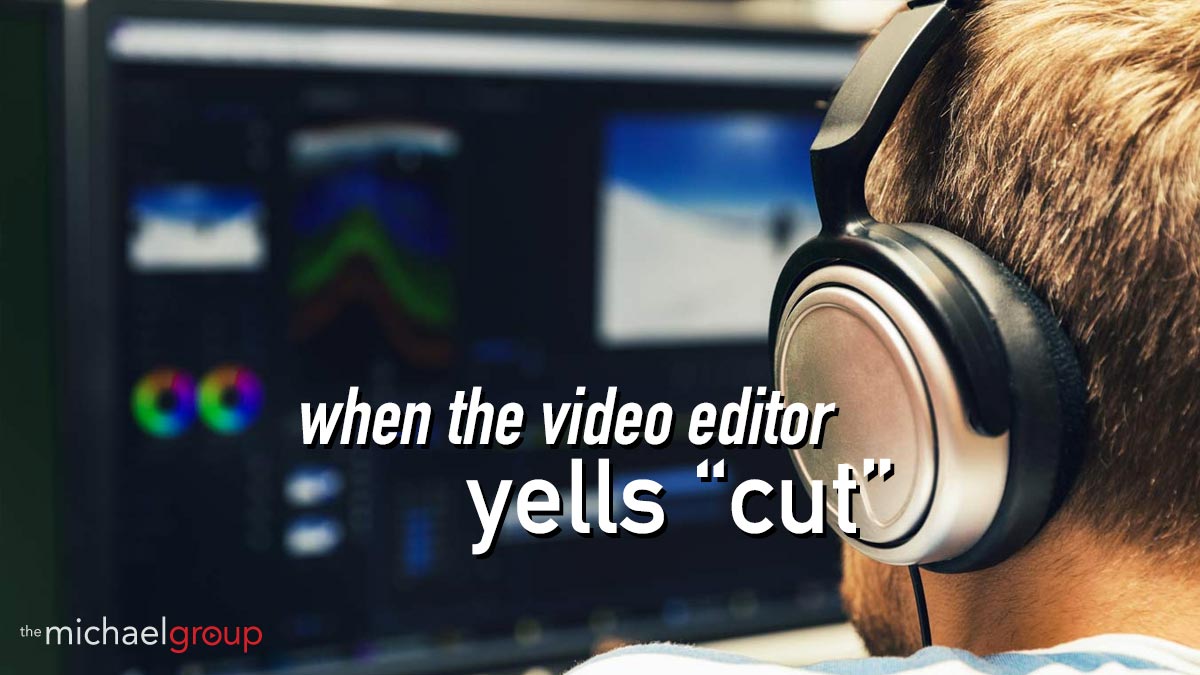
A video editor fulfils a vital role in video production, specifically in post-production. The final product is largely dependent on how the editor puts all of the footage together. The editor’s skills are used to effectively edit movies and videos to create a coherent and effective final narrative.
It is essential for an editor to understand the script and narrative so that the final product reflects the initial story. They use digital equipment and computer software to go over countless footage from different angles, choosing the best shots for the final video, and piecing them together along with sound, effects, and transitions.
With such a large amount of responsibility, it is easy for this role to get blurred. So, what exactly are the roles and responsibilities of a video editor?
Here are a few of the key duties:
A video production has many different steps from the planning in pre-production, to the finishing off of the project in post-production.
With so many different processes, it can be difficult to determine where one person’s role ends, and another begins. Although an editor has a very complex role that includes a variety of responsibilities, there are certain duties that belong specifically to a particular role. This is especially relevant for larger teams on bigger productions where the responsibilities are shared.
The sound editor works strictly with the audio post-production of a film. Similar to a video editor, the sound editor will work closely with the director to choose the best clips to use as audio. The sound editor’s main responsibility is to prepare all dialogue, background sounds, sound effects and music for the final footage.
This entire process includes editing and cleaning the dialogue, which is recorded separately to the footage with a digital audio recorder. It is the responsibility of the sound editor to make sure that the sound syncs with the picture and that any unnecessary ambient noises are removed.
If the sound is unusable for a reason such as excessive background noise, the sound editor may need to automate a dialogue replacement where an actor is brought into a studio to record (and sync) new audio.
A VFX editor is responsible for all visual effects in a production. Their job entails producing an VFX blueprint which lists the special effects needed for the film. Their role relies heavily on an eye for detail as the VFX editor will look out for any mistakes in the footage such as boom shadows or camera reflections.
A vital part of the job requirements of a VFX editor is to communicate clearly between the effects facility and the video editor.
Another role that works closely with video editing, and thereby often causes confusion regarding responsibility, is an animation editor. An animation editor’s job is different to a video editor’s as there is no original photography to edit. The role of an animation editor is far more in-depth and hands-on. In fact, the process of editing is done in reverse. Traditionally, shots are filmed, and then cut by an editor. In an animated film, the shot is first cut and then shot. The editor is involved in the entire process.
Depending on the size of the video production, the role of a video editor can be extremely specific, or a lot more collaborative. It is important to clearly understand where the roles and responsibilities are for each role before beginning a project.